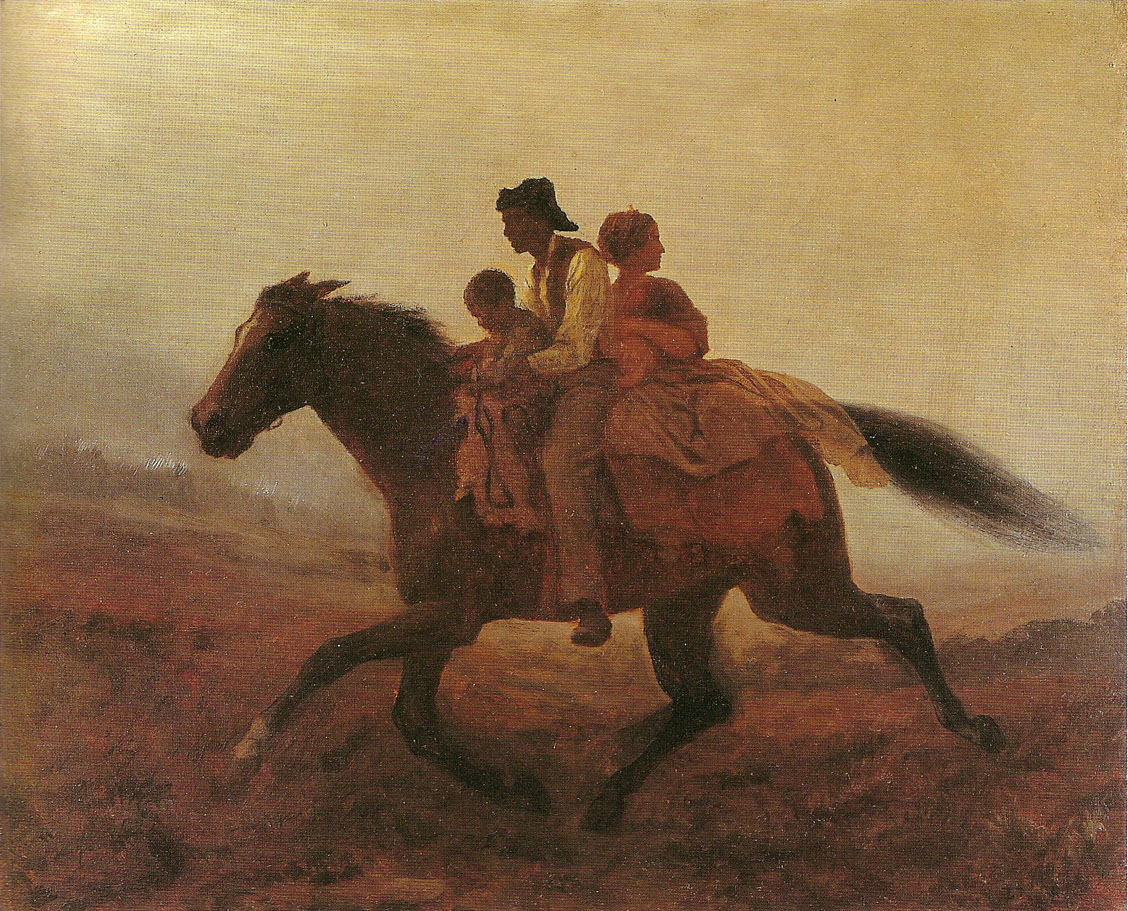 |
| Both Anthony’s and Douglass’ graves typically have offerings left on them. |
If you ever come to Rochester, I’ll take you to Mount Hope Cemetery to introduce you to two of Rochester’s most illustrious citizens, Frederick Douglass and Susan B. Anthony.
I did that with Serina Mo, Chad Dusenbery and Kari Ganoung Ruiz after we were done filming on Sunday. It was especially important this week. Pundits are predicting very low turnout this Election Day. Both Douglass and Anthony devoted their lives to expanding the voting franchise; it seems sinful to fritter that away.
 |
|
Memorial service at Anthony’s grave on July 22, 1923.
|
The 19th century American religious revival called the Second Great Awakening spawned an equally great reform movement. Temperance, abolition, and women’s suffrage were its three major strands.
Susan B. Anthony (1820–1906) was raised in a reformist Quaker family. She was deeply involved in all three of these movements, although she is most remembered as a suffragette. With her friend Elizabeth Cady Stanton she worked tirelessly to organize women into a coherent political force.
 |
| Frederick Douglass’ grave has a concrete cover. Perhaps this is because in 2000, vandals broke into the nearby tomb of Civil War General Elisha G. Marshall and stole his skull. |
In 1872, she was arrested and convicted for voting in here in Rochester (her hometown). In the face of constant opposition, ridicule, and abuse, she traveled, lectured, and wrote constantly. She and Stanton first presented an amendment giving women the right to vote in 1878; neither of them lived to see it passed as the 19th Amendment.
 |
| Frederick Douglas in his late twenties. He never knew his real birth date. |
Born into slavery in Talbot County, Maryland, Frederick Douglass (c. 1818 –1895) was separated from his mother as an infant and raised by his grandmother until age 7, after which he was moved around in the slave labor pool. He taught himself to read and write. After several failed attempts, he escaped to Philadelphia. Fearing recapture by his owners, he decamped to Ireland. His English supporters purchased his freedom.
Returning to the US, he settled here in Rochester, where he started publishing the abolitionist paper, The North Star. He embraced the suffrage cause, just as Susan B. Anthony had embraced abolition. He became the first African-American appointed to a high Federal office, and was one of the most famous intellectuals of his day.
 |
| Susan B. Anthony |
“The great constitutional corrective in the hands of the people against usurpation of power, or corruption by their agents is the right of suffrage and this when used with calmness and deliberation will prove strong enough,” said Andrew Jackson. The power of democracy may be wrested from us, but never let it be said that we willingly gave it away.



